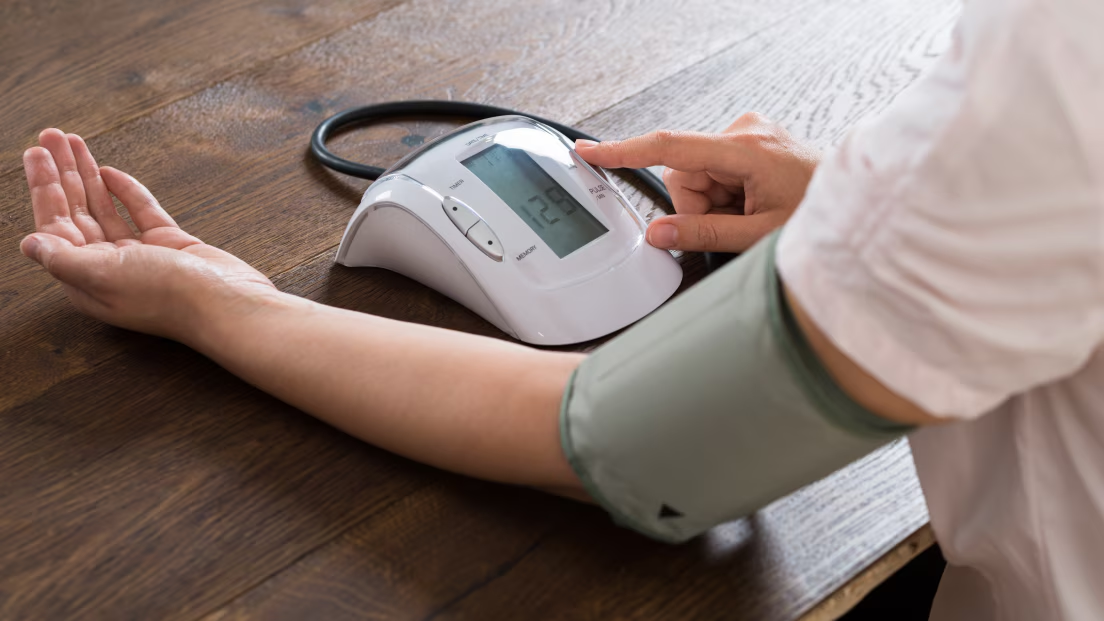Effective blood storage and transportation are critical components of healthcare systems worldwide. Timely access to safe and viable blood supplies can mean the difference between life and death, especially in emergency and trauma cases. However, transporting blood safely while ensuring it remains at optimal temperatures can be a costly endeavor, given the resources, infrastructure, and technology required. Recent advancements in blood transportation systems, as well as improvements in storage containers like cold storage box for vaccines, have introduced cost-saving potential that positively impacts both healthcare budgets and patient outcomes.
The Importance of Blood Transportation and Storage
Blood is a perishable resource that requires careful handling and precise temperature control to remain safe and effective for transfusions. Blood and its components—such as red blood cells, plasma, and platelets—must be stored within a specific temperature range to prevent spoilage and maintain viability. For instance, red blood cells need to be stored at 2-6°C, while platelets require storage at 20-24°C. The preservation process does not end with storage; it extends to every stage of transportation, where the cold chain must remain unbroken from blood banks to hospitals.
Similarly, vaccines also require reliable cold storage, often transported in cold storage boxes designed to maintain the required temperature for extended periods. Such advancements in cold storage boxes for vaccines serve as a valuable reference point for innovations in blood storage containers, as both share a common goal: preserving the efficacy of temperature-sensitive medical products during transit. By improving blood transportation systems, healthcare providers can reduce costs, optimize resource allocation, and improve patient care.
Key Cost-Reducing Aspects of Efficient Blood Transportation
Reduction in Blood Wastage
- Blood spoilage due to temperature control failures or extended transportation times is a common issue that leads to significant wastage, which in turn increases costs. Enhanced storage solutions and cold chain systems help maintain the ideal environment for blood throughout its journey. By reducing spoilage, healthcare facilities can avoid the expense of replenishing wasted blood supplies, translating to notable savings in hospital and blood bank budgets.
Optimized Distribution with Predictive Analytics
- Advanced blood transportation systems use predictive analytics to identify patterns in demand and determine the most efficient distribution routes. For example, a blood bank might predict higher demand for certain blood types in specific regions and adjust supply chains accordingly. Predictive analytics ensures that supply meets demand without overstocking or creating shortages, both of which incur costs. When combined with cold storage boxes for vaccines and other medical supplies, predictive analytics can streamline logistics across various sectors of healthcare.
Minimized Emergency Costs
- In emergency situations, blood shortages can result in costly medical procedures or even delayed treatments. Efficient transportation reduces the likelihood of shortages by ensuring that blood products are available where they are needed. By streamlining the supply chain, healthcare systems reduce the frequency of urgent or last-minute blood transportation requests, which are often more expensive due to additional labor, equipment, and fuel.
Lowered Operational Costs Through Automation
- Automation has become integral to modern blood transportation systems. Automated cold storage units, for instance, regulate temperatures more reliably than manual systems and can be monitored remotely. Automated solutions reduce the need for labor-intensive monitoring, allowing healthcare providers to allocate labor costs more effectively. Automated storage and transportation solutions are also more consistent in maintaining temperature stability, which is essential for blood viability and helps lower the rate of spoilage and contamination.
Reduced Need for Inventory Buffering
- Maintaining buffer stocks of blood in case of emergency can be costly. While buffer stocks are necessary, efficient blood storage and transportation systems allow healthcare facilities to reduce the size of these buffers without risking shortages. Improved logistics and predictive analysis allow blood banks to respond dynamically to demand without overspending on unnecessary inventory, thereby lowering storage and transportation costs.
Impact on Healthcare Outcomes
Efficient blood transportation systems and improved cold storage solutions for vaccines do more than just reduce costs; they also significantly improve healthcare outcomes by ensuring the availability of safe, viable blood products.
Increased Access to Quality Blood Supplies
- Efficient blood transportation increases access to blood in remote or rural areas, which often face challenges due to limited infrastructure. Access to viable blood supplies in such regions can lead to better patient outcomes, as medical teams are equipped with the necessary resources for effective treatment. Cold storage boxes for vaccines and blood products are crucial in maintaining quality, especially during long-haul transport to rural locations.
Enhanced Emergency Preparedness
- During disasters or medical emergencies, a rapid and reliable blood supply can be life-saving. Efficient blood transportation systems facilitate quick response times, allowing medical teams to treat more patients with high success rates. In such scenarios, healthcare providers with advanced blood and vaccine cold storage boxes benefit from improved emergency preparedness and capacity to meet sudden surges in demand without compromising quality or safety.
Reduced Risk of Bloodborne Pathogens and Contamination
- Blood products stored and transported under suboptimal conditions can deteriorate or become contaminated, posing a risk of infection to recipients. Efficient systems minimize these risks by ensuring that blood remains within the safe temperature range, reducing the incidence of transfusion-transmitted infections and other complications. Lower infection rates lead to better patient health outcomes, shorter hospital stays, and fewer readmissions—all of which help reduce healthcare costs.
Increased Patient Satisfaction and Trust in Healthcare Systems
- When patients know that healthcare facilities are well-equipped and capable of providing safe, timely, and effective blood products, trust in the healthcare system grows. This confidence, in turn, encourages people to seek medical attention promptly, resulting in improved population health outcomes. As healthcare facilities adopt better blood storage and transportation solutions, patient satisfaction and trust in healthcare systems improve, fostering a more positive healthcare environment.
Technological Advancements in Blood and Vaccine Cold Storage Solutions
Next-Generation Cold Storage Boxes for Vaccines and Blood
- Innovations in portable cold storage boxes designed for medical use are changing the landscape of blood and vaccine transportation. These next-generation cold storage boxes use phase-change materials (PCMs), advanced insulation, and solar power to maintain precise temperatures for extended periods. They are designed to provide reliable temperature control, even in harsh environments or during extended power outages, making them essential for blood and vaccine transportation to remote areas.
Blockchain for Tracking and Traceability
- Blockchain technology enables precise tracking and traceability across the blood supply chain. By implementing blockchain, each stage of blood storage and transportation can be recorded, allowing healthcare providers to verify that products have remained within required conditions. This transparency reduces liability risks associated with improperly stored blood and can help lower insurance premiums.
Drones and Autonomous Vehicles
- Autonomous delivery methods, including drones, are transforming the transportation of blood and vaccines to hard-to-reach areas. Drones, for example, can carry temperature-controlled containers to remote locations, overcoming challenges like traffic congestion and limited road access. The potential of drones to reduce transportation times and costs while maintaining optimal temperature conditions can provide a significant economic benefit, especially in underserved regions.
IoT-Enabled Monitoring Systems
- IoT (Internet of Things) technology is revolutionizing cold chain logistics by enabling real-time temperature monitoring. These systems alert healthcare providers immediately if there is a deviation from the ideal storage temperature, allowing rapid intervention to prevent spoilage. By reducing the risk of spoilage or contamination, IoT-enabled monitoring contributes to both cost savings and improved healthcare outcomes.
Conclusion
Efficient blood transportation systems, coupled with advanced cold storage boxes for vaccines and blood, are reshaping the healthcare landscape by reducing costs and enhancing patient care quality. From lowering operational expenses through automation to minimizing waste and improving emergency preparedness, these innovations bring multifaceted benefits. As healthcare providers continue to adopt advanced technology, the economic and health-related impact of these systems will only grow, resulting in a more sustainable and resilient healthcare sector.
Incorporating these solutions not only allows for better resource allocation but also addresses the growing demand for blood and vaccines across diverse geographies. By investing in improved blood storage and transportation systems, healthcare providers can foster safer, more reliable, and cost-effective healthcare that directly benefits both patients and the broader healthcare ecosystem.
Keep an eye for more news & updates on ForbesZine!




